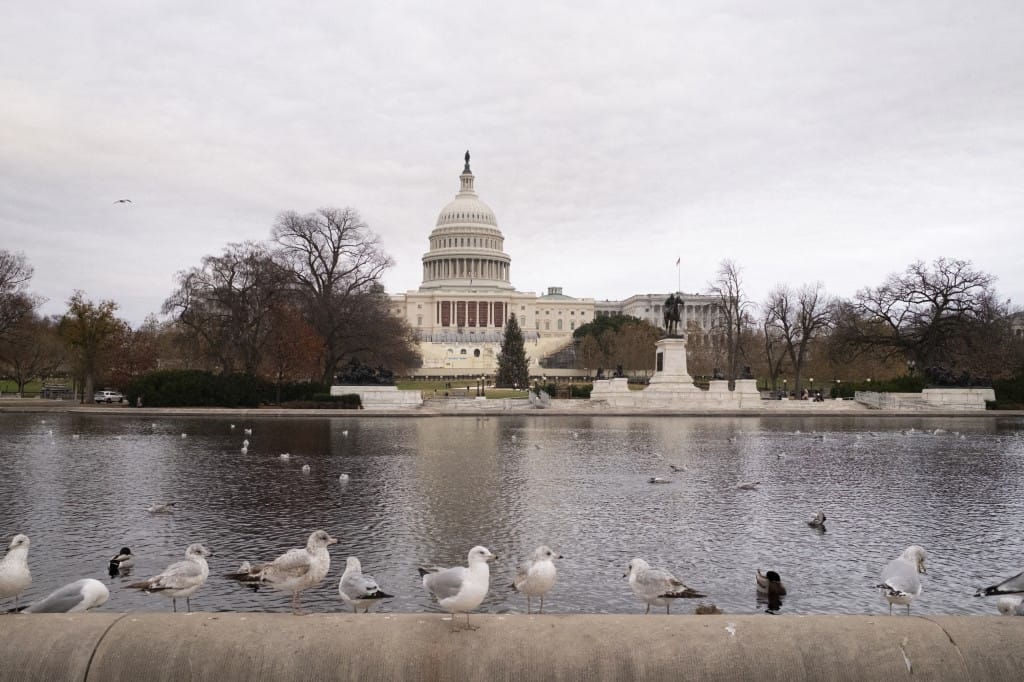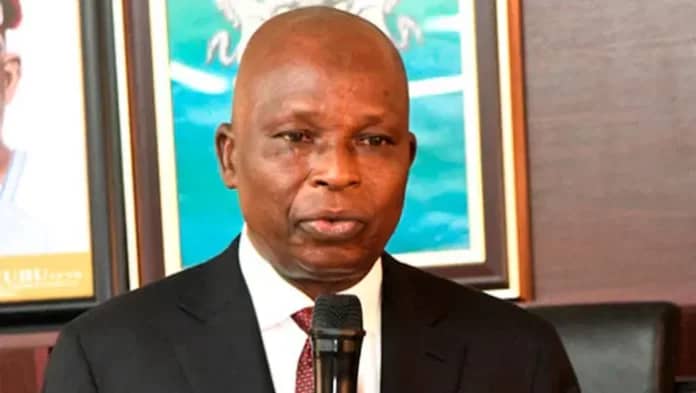Federal Reserve Chair Jerome Powell recently shared his optimism about the state of the U.S. economy, noting that it is currently in a solid position. While acknowledging that the labour market has slowed somewhat, Powell emphasised its resilience and pointed to the central bank’s decision to lower interest rates as a key factor supporting stability.
Economic analyst Ben Casselman highlights that while 2024 marks the economy’s most stable period since the onset of the coronavirus pandemic, the outlook for 2025 remains uncertain. According to Casselman, fears of a looming recession have not come to fruition despite earlier predictions from forecasters.

Casselman also suggested that President-elect Donald J. Trump could play a pivotal role in shaping the economic landscape of 2025. Throughout his campaign and in the weeks following his election, Trump has proposed sweeping changes to policies that could carry significant and complex consequences for the economy.
For instance, Trump’s plans to impose steep tariffs and deport millions of undocumented immigrants could drive up prices and slow economic growth, according to most models. At the same time, his promises of tax cuts for individuals and businesses could boost economic activity but risk ballooning deficits. Additionally, Trump has pledged to reduce regulations, which might enhance corporate profits and productivity in the short term but could also lead to worker safety issues, environmental degradation, and increased financial instability over time.
The unpredictability of Trump’s policy agenda leaves many questions unanswered. The exact measures he will prioritise, the timeline for their implementation, and the extent to which Congress and the courts will support his proposals remain unclear, fueling uncertainty about the economy’s trajectory in 2025 and beyond.
Michael Gapen, chief U.S. economist at Morgan Stanley, attributed much of this uncertainty to the potential for major policy shifts.
Meanwhile, not all Americans share the view that the economy is in good shape. High costs for essentials like food and housing have sparked widespread frustration, which played a significant role in Trump’s return to office. Yet, consumer sentiment has shown signs of recovery, with confidence improving even before the election—a trend that continues to suggest public perception of an economy on the path to normalisation.
Official forecasts from Gapen and his colleagues predict U.S. GDP growth of just over 2% in 2025, slightly below the 2.5% growth seen this year. This aligns with projections from other Wall Street analysts and reflects a modest slowdown as the economy transitions from the rapid post-pandemic expansion to a more tempered pace of growth.








